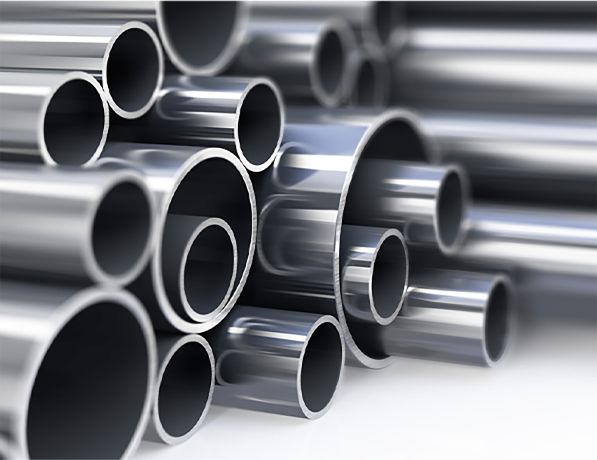Understanding the Different Parts of a Squat Rack for Optimal Performance
Dec . 05, 2024 19:49
The Essential Components of a Squat Rack A Comprehensive Guide
In the world of strength training, a squat rack is one of the most essential pieces of equipment for anyone looking to build strength and muscle. Whether you’re a seasoned athlete or a beginner, understanding the components of a squat rack can help you make informed decisions and optimize your workouts. This article will break down the primary components of a squat rack and their significance.
1. Base Frame
The base frame is the backbone of the squat rack. Constructed from solid steel tubing, it provides stability and support for heavy lifts. High-quality squat racks use heavy-duty steel to ensure durability and safety, allowing users to lift substantial weights without the risk of the rack collapsing. It’s crucial to select a squat rack with a wide and sturdy base to prevent tipping during use.
2. Vertical Posts
Vertical posts rise from the base frame and are typically adjustable in height. These posts have various holes that allow lifters to set the barbell at the desired height for squats, bench presses, and other exercises. When choosing a squat rack, look for vertical posts made of high-grade steel, as this will provide maximum strength and longevity. Adjustable posts also cater to users of different heights and preferences, making the equipment versatile.
3. Safety Pins and Spotter Arms
Safety pins and spotter arms are critical for ensuring safety during heavy lifts. These components provide a secure way to catch the barbell if a lift cannot be completed. Safety pins can be inserted into the vertical posts, creating a failsafe for the barbell. Spotter arms offer additional support, allowing users to perform exercises without the fear of injury. Always make sure these components are adjustable and easy to use, as they are vital for maximizing safety in your training routine.
4. Barbell Holders
squat rack components
Barbell holders, typically located at the top of the squat rack, keep the barbell in place when not in use. They serve a dual purpose providing a convenient resting place for the barbell and making it easier to load and unload weights. Quality squat racks will have holders that are designed to prevent the barbell from rolling or slipping, ensuring a smooth transition between exercises.
5. Pull-Up Bar
Many squat racks come equipped with a pull-up bar. This feature not only adds versatility to your workout but also offers the ability to incorporate bodyweight exercises like chin-ups and pull-ups into your routine. Having a pull-up bar integrated into your squat rack maximizes functionality and allows for a more comprehensive strength training session.
6. Optional Attachments
Some squat racks offer additional attachments that enhance the range of exercises you can perform. Accessories such as cable systems, dip stations, and lat pulldown attachments can turn a standard squat rack into a complete home gym. When purchasing a squat rack, consider what attachments are available and how they can supplement your training goals.
7. Weight Storage
Weight storage components are often overlooked but are an important feature of a squat rack. Built-in weight storage pegs help keep weights organized and easily accessible, reducing clutter and the risk of injury from mishandled plates. This feature is particularly beneficial for those with limited space, as it maximizes efficiency and maintains a tidy workout area.
Conclusion
In summary, a squat rack is a multifunctional piece of equipment that serves as the foundation for strength training. Understanding its components—from the robust base frame and vertical posts to the safety mechanisms and optional attachments—will help you make an informed choice when selecting a squat rack for your home gym. Prioritizing quality and safety in these components is crucial for effective and injury-free training. With the right squat rack, you can take your strength training to new heights, achieving your fitness goals with confidence.
 Afrikaans
Afrikaans  Albanian
Albanian  Amharic
Amharic  Arabic
Arabic  Armenian
Armenian  Azerbaijani
Azerbaijani  Basque
Basque  Belarusian
Belarusian  Bengali
Bengali  Bosnian
Bosnian  Bulgarian
Bulgarian  Catalan
Catalan  Cebuano
Cebuano  Corsican
Corsican  Croatian
Croatian  Czech
Czech  Danish
Danish  Dutch
Dutch  English
English  Esperanto
Esperanto  Estonian
Estonian  Finnish
Finnish  French
French  Frisian
Frisian  Galician
Galician  Georgian
Georgian  German
German  Greek
Greek  Gujarati
Gujarati  Haitian Creole
Haitian Creole  hausa
hausa  hawaiian
hawaiian  Hebrew
Hebrew  Hindi
Hindi  Miao
Miao  Hungarian
Hungarian  Icelandic
Icelandic  igbo
igbo  Indonesian
Indonesian  irish
irish  Italian
Italian  Japanese
Japanese  Javanese
Javanese  Kannada
Kannada  kazakh
kazakh  Khmer
Khmer  Rwandese
Rwandese  Korean
Korean  Kurdish
Kurdish  Kyrgyz
Kyrgyz  Lao
Lao  Latin
Latin  Latvian
Latvian  Lithuanian
Lithuanian  Luxembourgish
Luxembourgish  Macedonian
Macedonian  Malgashi
Malgashi  Malay
Malay  Malayalam
Malayalam  Maltese
Maltese  Maori
Maori  Marathi
Marathi  Mongolian
Mongolian  Myanmar
Myanmar  Nepali
Nepali  Norwegian
Norwegian  Norwegian
Norwegian  Occitan
Occitan  Pashto
Pashto  Persian
Persian  Polish
Polish  Portuguese
Portuguese  Punjabi
Punjabi  Romanian
Romanian  Samoan
Samoan  Scottish Gaelic
Scottish Gaelic  Serbian
Serbian  Sesotho
Sesotho  Shona
Shona  Sindhi
Sindhi  Sinhala
Sinhala  Slovak
Slovak  Slovenian
Slovenian  Somali
Somali  Spanish
Spanish  Sundanese
Sundanese  Swahili
Swahili  Swedish
Swedish  Tagalog
Tagalog  Tajik
Tajik  Tamil
Tamil  Tatar
Tatar  Telugu
Telugu  Thai
Thai  Turkish
Turkish  Turkmen
Turkmen  Ukrainian
Ukrainian  Urdu
Urdu  Uighur
Uighur  Uzbek
Uzbek  Vietnamese
Vietnamese  Welsh
Welsh  Bantu
Bantu  Yiddish
Yiddish  Yoruba
Yoruba  Zulu
Zulu 












